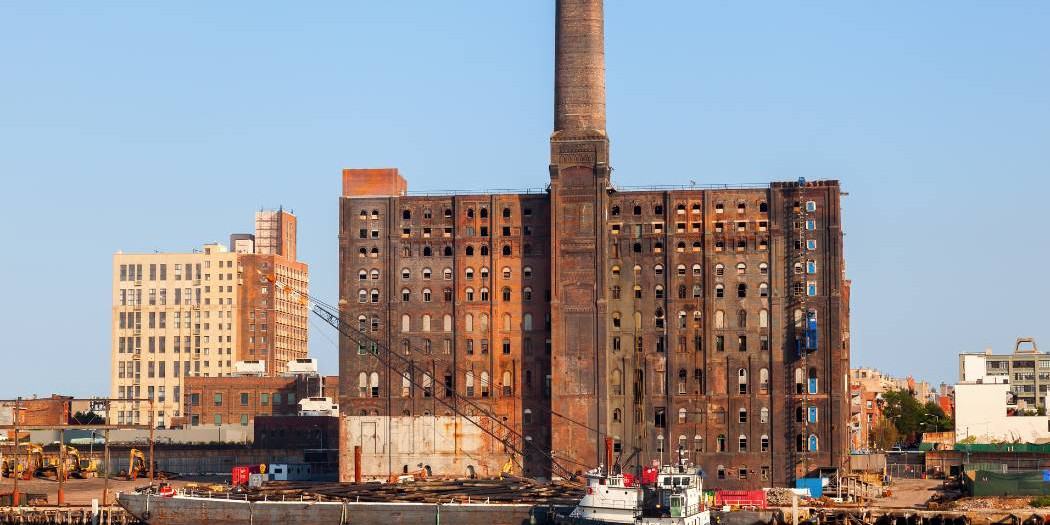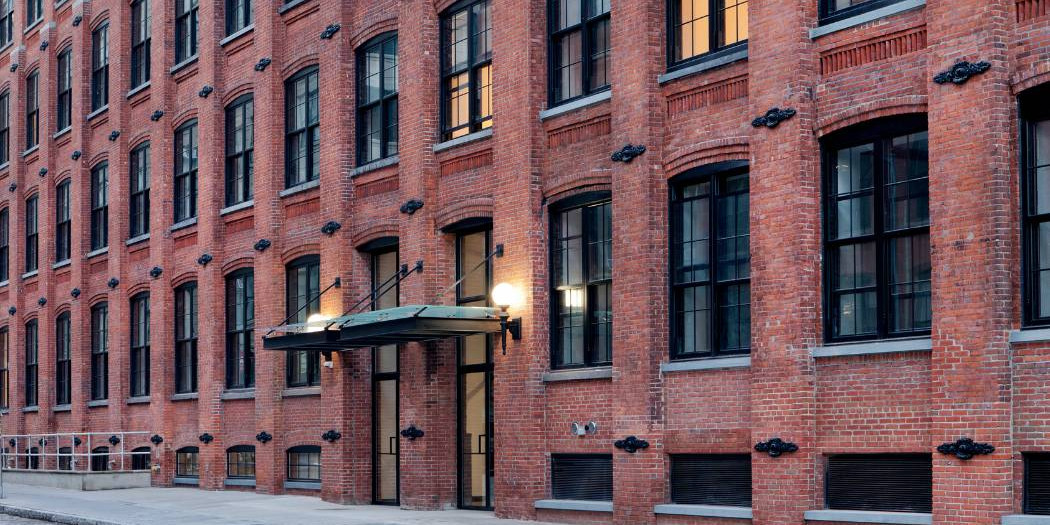In Brooklyn’s ever-changing skyline, rezoning is often hailed as a sign of progress. Glass towers rise, rents climb, and developers celebrate. But beneath the surface of this transformation lies a quieter, more destructive shift: the systematic erosion of Brooklyn’s industrial backbone.
Rezoning isn’t just a land use issue. It’s a community crisis. And the hidden costs go far deeper than most headlines suggest.
1. Loss of Living-Wage Jobs
Industrial jobs particularly in manufacturing, logistics, and repair offer accessible, stable employment to tens of thousands of Brooklyn residents. These are often union or skilled-labor positions that pay well without requiring a college degree.
When industrial zones are rezoned for residential or commercial use, these job centers disappear. The result? Fewer paths to economic security for working-class families and a rise in income inequality.
2. Displacement of Legacy Businesses
Rezoning often invites speculative buying and rent hikes that force out long-established businesses. Metal shops, food distributors, garment factories, and auto repair garages many of which have operated for decades simply can’t compete with luxury developers.
These aren’t just businesses. They’re community anchors, often passed down through generations and employing local residents. Their loss represents not just economic damage, but cultural and historical erasure.

3. Weakened Local Supply Chains
Brooklyn’s industrial sectors keep New York City functioning. They produce food, build infrastructure, repair vehicles, and move materials. Pushing these functions out of the borough forces reliance on distant suppliers, increasing traffic, emissions, and vulnerability during crises.
Rezoning fragments these local supply chains. What used to be sourced down the street now arrives by truck from hours away, adding inefficiency, cost, and environmental strain.
4. Vanishing Pathways for Upward Mobility
In neighborhoods where college isn’t an option for everyone, industrial jobs have long served as stepping stones to the middle class. They provide training, apprenticeships, and career advancement.
Rezoning eliminates those pathways. What replaces them luxury condos, chain retail, or gig economy jobs—does not create the same upward trajectory. Instead, it locks residents out of the new economy built on land that once served them.
5. Erosion of Community Identity
Brooklyn’s working-class character was forged in its factories and warehouses. That history is now being overwritten in favor of a generic, upscale urban landscape.
When industry leaves, so does the soul of the neighborhood. Community ties weaken. Culture fades. The story of Brooklyn becomes less about the people who built it—and more about the people who bought it.
Conclusion: Rezoning Has a Price—And Brooklyn Pays It
It’s time to look past the surface-level benefits of rezoning and confront the long-term costs. Economic diversity, community identity, resilience, and opportunity are all on the line.
Brooklyn doesn’t need to choose between progress and preservation. But without deliberate protection of industrial zones, the balance is already lost—and so are the people who made Brooklyn what it is.




